
 A self-described philanthropic entrepreneur, David Park is committed to creating value-driven opportunities that are both scalable and profitable. He has spent the last 15 years developing communities, organizations, and businesses by leading them to discover their full potential, develop a wider vision, and determine the best course of action to achieve their goals.
A self-described philanthropic entrepreneur, David Park is committed to creating value-driven opportunities that are both scalable and profitable. He has spent the last 15 years developing communities, organizations, and businesses by leading them to discover their full potential, develop a wider vision, and determine the best course of action to achieve their goals.
His work previously as a Business Development Manager in the Dental Laboratory industry helped David gain a unique perspective when it came to creating opportunities that offer value for all parties involved in the process. Influenced by Jeff Bezos and Sam Walton, he aspires to implement solution-driven sales initiatives here at Alchemy-Spetec.
As the Inside Sales Manager, David will develop and implement all inside sales initiatives within Alchemy-Spetec, as well as provide technical service and solve chemical grouting challenges for customers, contractors, and distributors. David looks forward to creating optimal, effective, and rapid results in his role as Inside Sales Manager.
In his personal life, David is happily married to his wife Aelim and is a new proud father of their baby girl, Noel. Outside of the office he also enjoys playing sports, serving his local church, and working in the music industry space as a sound engineer, guitarist, and wedding DJ.
Jim Spiegel, VP of Sales and Business Development, adds, ''We're excited to welcome David to the Sales Team as Inside Sales Manager. David not only brings a prestigious degree from Georgia Tech in Business Administration, but also several years of professional experience in managing CRM workflows, outbound sales programs, and social media outreach campaigns. We're lucky to have such a competent and detailed-oriented professional join our team."




 With over 10 years of experience, Joel has a broad understanding of general practices in the construction and services industries. He has spent the last 6 years focused on ground improvement by use of chemical grouting with structural polymers, and possesses both technical and marketing expertise. His background includes contract negotiations, injection plan design, project management, market education, and hands on application of a variety of polymer solutions. Joel utilizes his industry knowledge to assist contractors with marketing strategies, material needs, and product application. Located in the Pacific Northwest, he enjoys his spare time in the great outdoors.
With over 10 years of experience, Joel has a broad understanding of general practices in the construction and services industries. He has spent the last 6 years focused on ground improvement by use of chemical grouting with structural polymers, and possesses both technical and marketing expertise. His background includes contract negotiations, injection plan design, project management, market education, and hands on application of a variety of polymer solutions. Joel utilizes his industry knowledge to assist contractors with marketing strategies, material needs, and product application. Located in the Pacific Northwest, he enjoys his spare time in the great outdoors.
 With 1,350 miles of coastline, Florida is home to countless seawalls. If you're a property owner or manager in the Sunshine State, you have landed in the right place. Alchemy-Spetec provides
With 1,350 miles of coastline, Florida is home to countless seawalls. If you're a property owner or manager in the Sunshine State, you have landed in the right place. Alchemy-Spetec provides 

 In January of 2020, Alchemy-Spetec launched
In January of 2020, Alchemy-Spetec launched 








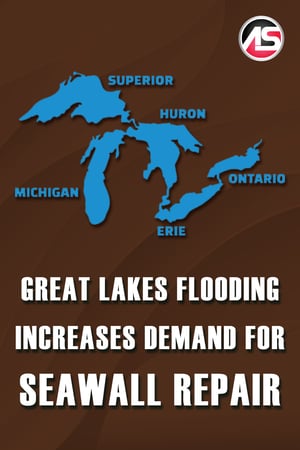

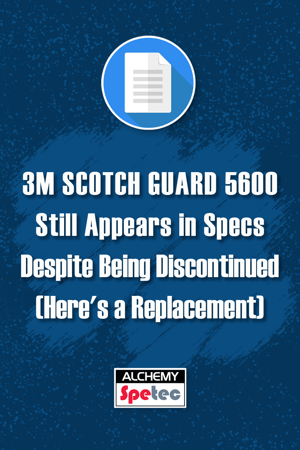


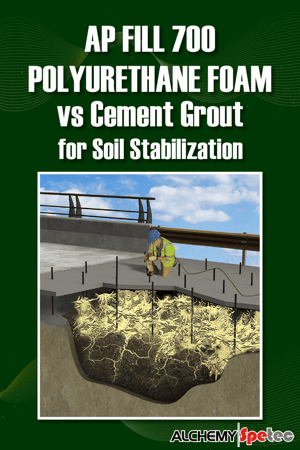 One request we often receive is to explain the difference between
One request we often receive is to explain the difference between 





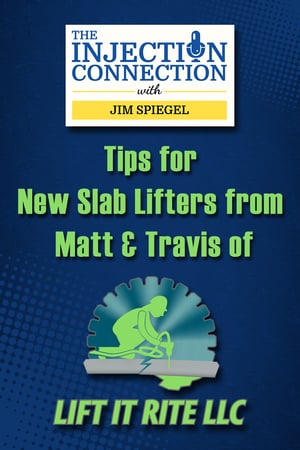

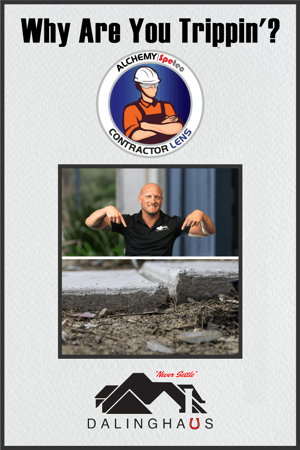 This post is part of the Alchemy-Spetec
This post is part of the Alchemy-Spetec 